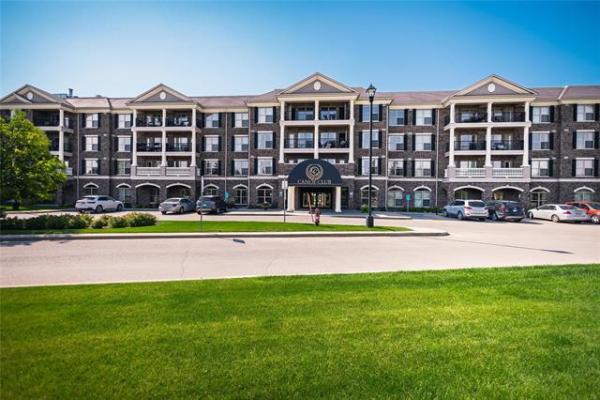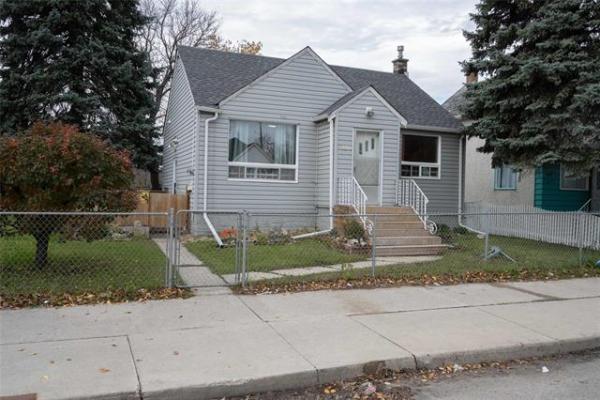Question: A family member recently bought an older home, built in the 1970’s, which has aluminum wiring. The insurance company said that all the aluminum wiring connections would have to be checked by an electrician and all the receptacles changed to meet current safety codes. Is this a legitimate concern, or just another reason for insurance companies to look for ways of dodging their responsibility, jack up the premiums, or not pay out claims?
I have been doing some research and are “pigtails” allowed for all types of connections in Manitoba? Otherwise, will I have to buy all new expensive duplex receptacles rated for aluminum?
— Thanks, Ben
Answer: Concerns with overheating and electrical fires are a true concern in homes built with aluminum wiring. Pigtailing all the junctions in the home that have aluminum wires should be fine, as long as it is done with proper connectors and other safety factors are all taken into consideration.
Aluminum wiring was used in North America for residential branch wiring from the middle 1960s to the mid-’70s. In our area it is commonly seen in homes constructed from about 1967 to 1974. That may be due to the conservative nature of the builders at the time, who were not keen to use newer building materials until they were proven to be reliable. The concern with this type of wiring — overheating — was initially seen at duplex receptacles in the very early ’70s. This overheating would normally be observed first at the screw connections for the wiring at the sides of the devices. There were also signs of oxidation at those points, and it was discovered that the metal alloys used for the receptacles were not compatible with aluminum. Oxidation would lead to micro gaps between the metal components, which leads to arcing, overheating, melted plastic sheathing, and even fires.
There may also be other reasons that contribute to the overheating issues with aluminum wire due to the nature of the metal itself. Aluminum wire was used at the time because it was less expensive, lighter, and easier to transport than its copper equivalent. It is also not as good a conductor as copper, so wiring one size larger was needed for the same size circuits for proper conductivity. Unfortunately, aluminum is also much softer than copper, which makes it more prone to crushing and breaking when installed. Strong-handed electricians, used to cutting, bending, and fastening stiffer and more durable copper wiring may not have properly adapted to the weaker new material. Too often, the soft aluminum was crushed and flattened at the screw attachments on receptacles, making it thinner at the junctions and more prone to overheating or breaking when under load. It also expands and contracts more than copper, when heated and cooled, raising the risk of damage at tight connections.
By the early 1970s, newer duplex receptacles were developed that were constructed with other metal alloys that did not oxidize or corrode when connected to aluminum wires. These original devices may be found in some homes built in the early to mid-’70s, or retrofit into others where the original receptacles have been swapped out. The adoption of these new devices almost eliminated the fire hazard but some problems still occurred, likely due to the installation issues noted above. After that point, all builders reverted back to using copper wiring and the situation drastically improved. Most homes that still had aluminum wiring and original fixtures were fine, likely due to more careful electricians and no overloading of circuits.
The two possible fixes for the aluminum receptacle issue are replacement with CO/ALR rated devices, or pigtailing all existing connections. A pigtail is a short piece of copper wire with one end connected to the electrical device, and the other to the aluminum wire. This is normally acceptable to the municipal building inspectors, even preferred, as long as several items are also included in the upgrade. The wire nut connectors, or Marrettes, have to be special ones designed for this purpose. They also should be filled with antioxidant paste, covering both the exposed aluminum and copper wires, to prevent arcing. This repair should be done at all electrical junctions in the home, which includes receptacles, switches, lights, junction boxes, and panels. The panels may only require antioxidant paste installed on the smaller circuit wiring, as all multi-stranded wiring should already have it in place from the original installation. This may be especially important, as most of the evidence of overheating and melted wire sheathing I have seen during inspections is inside panels.
Overheating, arcing, melted wire sheathing, corrosion and fires are all well-documented biproducts of the use of aluminum wiring for residential circuit branch wiring. On numerous occasions, during typical pre-purchase home inspections, I have seen heat damaged receptacles in electrical boxes, as well as charred and melted wire sheathing inside panels, once the covers are removed. Inspection and pigtailing of all connections containing aluminum wiring in the home should be done by a licensed electrician, not only to meet insurance requirements, but for the overall safety of the occupants.
Ari Marantz is the owner of Trained Eye Home Inspection Ltd. and a Registered Home Inspector (RHI)(cahpi.ca). Questions can be emailed to trainedeye@iname.com. Ari can be reached at 204-291-5358 or check out his website at trainedeye.ca



